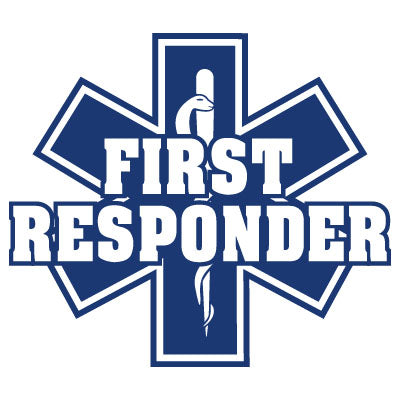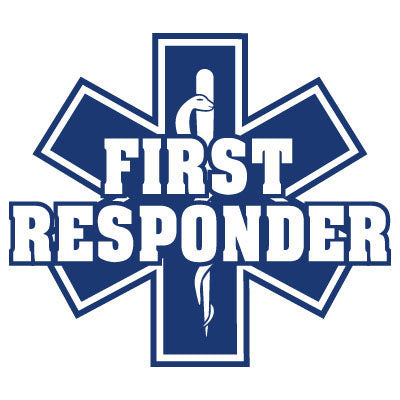Strategic Threat Solutions
Tactical First Responder Course
Tactical First Responder Course
Couldn't load pickup availability
This introductory course is designed for individuals with basic medical knowledge and skills, focusing on treating wounds commonly encountered in defensive situations and emergencies. Through a combination of lectures and scenario-based training, students will develop the confidence to respond to, assess, and treat various injuries effectively.
What You Will Learn
• Combat Mindset
• Physiological Response to Combat
• Preventing and Treating Common and Non-Combat Related Injuries
• Litter, Drags and Carries
• Basic Anatomy and Location of Major Arteries
• Identifying and Treating the Different Types of Bleeding
• Identifying and Immobilizing Broken Limbs
• SCAB and Treating Compromised Airway
• Treating Gun Shot and Knife Wounds
• Improvised Treatment Methods
• Constructing your Personal IFAK
Course Duration: 2 days
Upon completion of the course participants will:
· Learn the reasoning behind the immediate actions for controlling hemorrhage, including methods such as external hemorrhage control, applying direct pressure and wound packing, early use of a tourniquet for severe bleeding, managing internal hemorrhage through rapid evacuation, and transporting the patient to a major hospital or trauma center.
· Demonstrate the appropriate application of a tourniquet to the arm and leg.
· Describe the progressive strategy for controlling hemorrhage.
· Describe appropriate airway control techniques and devices.
· Demonstrate the correct application of a topical hemostatic dressing (combat gauze).
· Recognize the tactically relevant indicators of shock.
Skills Stations:
1. Hemorrhage Control:
a. Apply Tourniquet
b. Apply Direct Pressure
c. Apply Pressure Dressing
d. Apply Wound Packing
e. Apply Hemostatic Agent
2. Airway:
a. Apply Manual Maneuvers (chin lift, jaw thrust, recovery position)
b. Insert Nasal pharyngeal airway
3. Breathing:
a. Application of effective occlusive chest seal
b. Apply Occlusive Dressing
c. Application of Improvised Occlusive chest seal
5. Wound management:
a. Apply Eye Shield
b. Apply Dressing for evisceration
c. Apply Extremity Splint
d. Apply Sling and Swath
e. Initiate Basic Burn Treatment
6. Prepare Casualty for Evacuation:
a. Move Casualty (drags, carries, lifts)
b. Secure casualty to litter
7. Scenarios:
a. To be determined upon course location & available assets
Share


